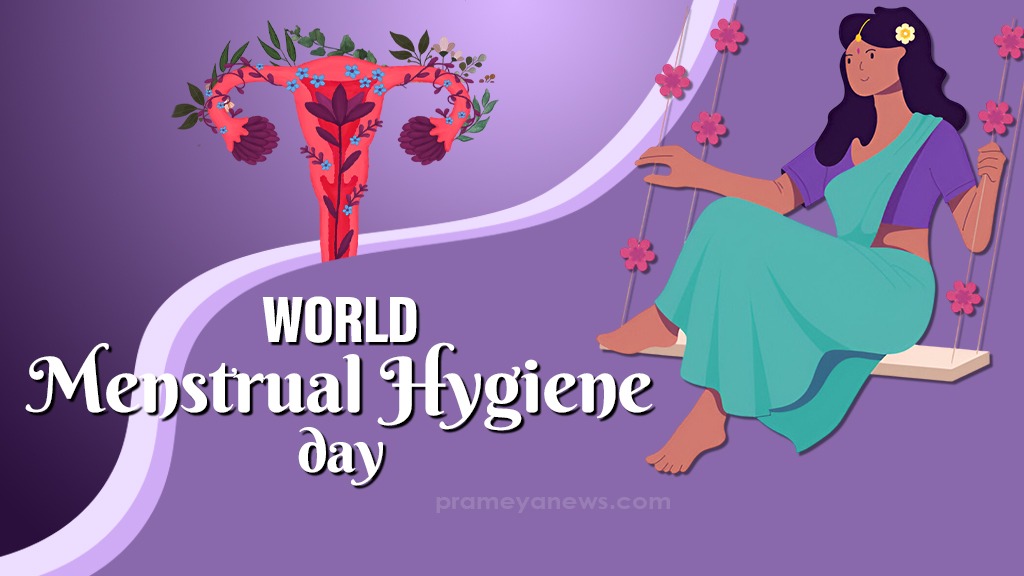

For generations, menstruation in India has been shrouded in silence, managed through age-old practices and whispered traditions. But today, a quiet revolution is underway — one shaped by awareness, environmental concern, and innovation. Women, especially in urban India, are increasingly trading disposable sanitary pads for reusable, eco-friendly menstrual products. The cycle, quite literally, is changing.
There was a time when cloth was the most accessible option for menstrual hygiene. Then came the rise of disposable sanitary pads — a shift considered a milestone in menstrual health and sanitation. But with time, the environmental cost of convenience became impossible to ignore.
Now, a new wave is forming. Reusable pads, period panties, menstrual cups, and tampons are gaining popularity, especially among young women in cities. These alternatives are not only cost-effective in the long run but also drastically reduce non-biodegradable waste.
“I switched to a menstrual cup two years ago, and I haven’t looked back,” says Priya, a college student in Bhubaneswar. “It’s comfortable, clean, and I know I’m helping the planet too.”
According to recent data, India produces approximately 12,000 tonnes of plastic sanitary waste every year. These used pads, often laced with synthetic materials and non-compostable plastic, take hundreds of years to decompose. In Odisha alone, an estimated 300 to 400 tonnes of such waste is generated every month.
Over her lifetime, a single woman may use between 8,000 to 10,000 disposable pads — contributing 100 to 200 kilograms of plastic waste. This isn’t just a personal burden; it's a collective environmental crisis.
Dr. Sambedana Panigrahi, an Assistant Professor at PGIMER and physician at Capital Hospital, warns: “Used sanitary pads should never be burned or mixed with regular household waste. This leads to both pollution and health risks, especially for animals and sanitation workers.”
What’s more alarming is the revelation that nearly 60% of biomedical waste globally consists of sanitary waste alone. Despite its low profile, menstrual waste has become a major pollutant. But there is hope — reusable menstrual products, experts say, can cut this waste by as much as 90%.
Still, improper disposal remains a widespread issue. The red-dot disposal system — where used pads are wrapped and discarded in designated bins — is often ignored. The result? Harmful bacteria, environmental contamination, and increased exposure for waste collectors and stray animals.
Thankfully, affordable alternatives are available and becoming more accessible. Reusable pads, priced around ₹150, can last several cycles. Period panties, ranging from ₹500 to ₹700, can be used up to 120 times. Menstrual cups, which last for years with proper care, are available between ₹250 and ₹2,500 depending on the brand.
These products not only reduce environmental impact but also prove to be cost-effective over time. “The initial cost may seem high,” says Dr. Panigrahi, “but in the long term, it’s a smart investment for both health and the environment.”
While urban women are increasingly adopting sustainable choices, rural areas lag behind due to limited access and awareness. Creating informed communities about menstrual hygiene and safe disposal methods is essential.
World Menstrual Hygiene Day, observed on May 28, serves as a timely reminder. This year's focus? Encouraging sustainable menstrual practices and supporting initiatives that promote menstrual education in both urban and rural settings.
Equally important is building infrastructure to support safe disposal. Just like metro cities, airports, railway stations, and bus stands in Odisha and beyond need proper sanitary disposal systems. The presence of hygienic disposal bins can not only improve waste management but also help destigmatize menstruation in public spaces.
As menstruation moves out of the shadows and into the spotlight, it's becoming clear that hygiene, health, and sustainability must go hand in hand. The choices women make today — and the support they receive from society — will define a cleaner, safer, and more equitable future for generations to come.